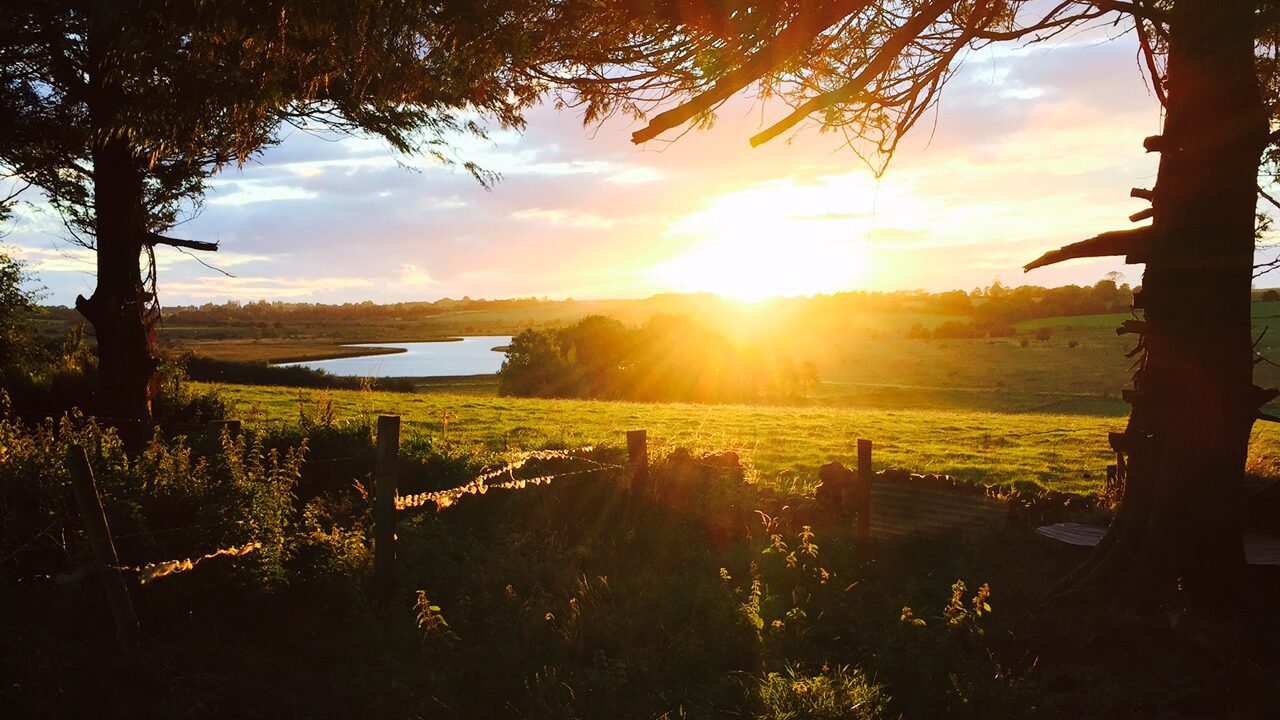Last week it was revealed that some of the most popular measures in GLAS 1 will not be available for the second tranche which is set to open within weeks.
The move will most likely impact significantly on the attractiveness of the new scheme to the ‘average’ Irish farmer i.e drystock farmers with no commonage, SAC/SPA, rare breeds etc.
When the second tranche of GLAS opens next month farmers will not have the option to plant new hedgerows while the hugely popular Low Input Permanent Pasture measure will be reduced from 10ha to 5ha.
These changes will directly impact on Tier 3 farmers’ (the majority of farmers in the country) ability to maximise their payment under GLAS. Indeed, as has been reported, farmers in the Tier 3 category will find it difficult even to gain access to the scheme at all this year.
The changes appear to stem from the fact that some 37% of applications to the first tranche of GLAS came from ‘Tier 3’ farmers. This was much higher than had been previously anticipated by the Department of Agriculture.
- Improved conditions for farmers with farmland birds
- More flexibility for farmers with grey partridge to avail of other options
- Reduction in the maximum of low input permanent pasture to 5ha
- Reduction in the maximum of coppicing to 750m
- New hedgerows, traditional orchards and twite B options not available in Tranche 2
The high level of applications from Tier 3 farmers meant there was a poorer than anticipated uptake of some of the scheme’s priority actions such as Wild Bird Cover and Low Emission Slurry Spreading.
There was some positive news on the scheme last week with significant changes to both the Farmland Birds and Grey Partridge measures.
Previously, land classified as farmland birds carried onerous restrictions preventing farmers from carrying out tasks such as fertiliser spreading and silage cutting on full land parcels. This has now changed with the restriction now being reduced to 50% of the parcel.
Similarly, farmers with lands identified as Grey Partridge have seen reductions in the severity of the classification. Previously, whole farms where identified as Grey Partridge habitats and farmers could not take up any other options in the scheme.
A total of €1.4bn has been allocated to GLAS over the lifetime of the programme, allowing a standard ‘package’ of up to €5,000 for eligible farmers per annum, with an additional package of €2,000 per annum for those in GLAS+, in return for exceptional environmental commitment.
With competition for places in the scheme likely to be fierce the Department has prioritised applications from commonage farmers and those with designated land.
The Department is currently ranking and validating the applications of some 26,000 farmers who applied to GLAS Tranche I before the May 26 deadline.
All current indications suggest that the second tranche will be heavily weighted towards Tier 1, i.e. Commonage, SAC/SPA, Rare breeds and organic farmers.
It is expected that a total of 10,000 places will be available with the application period is set to close in mid-November.
